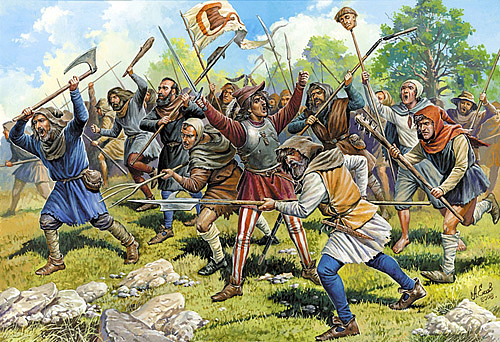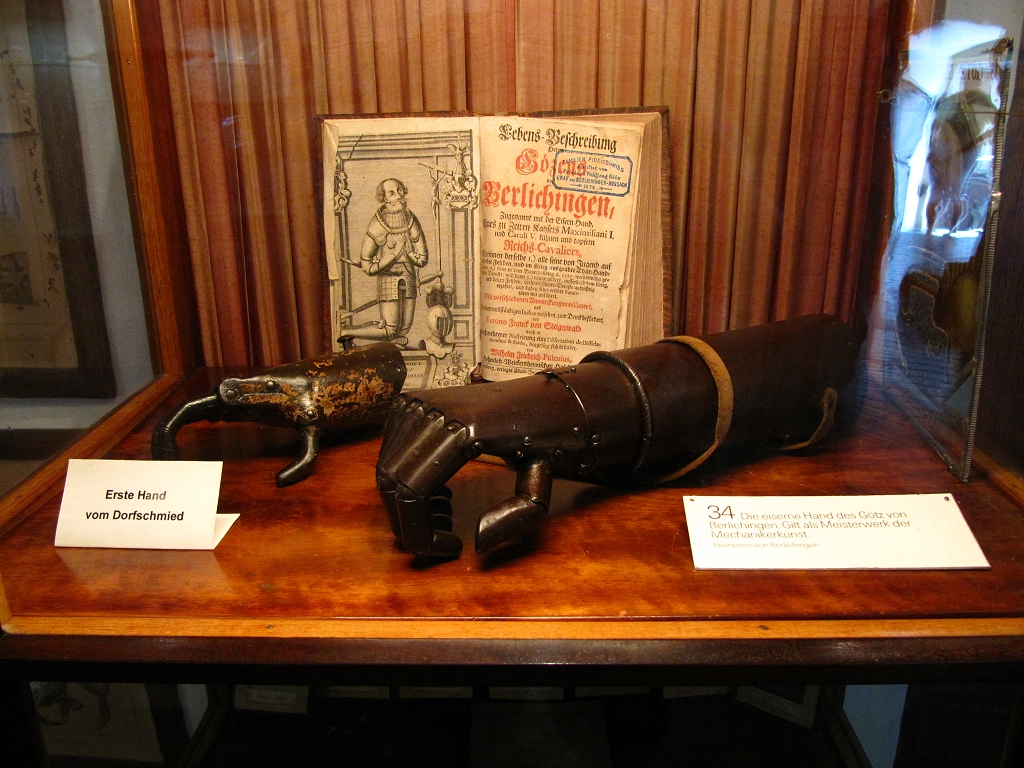YourStepDad said:
A random picture from the "Armies of the German Peasants' War 1524 - 1526" Osprey.
I have the Osprey but this is the only linkable image of it I could find. The peasants here appear very peasant-y, archetypical and sensationalistic but the other armed peasants in the book look a lot better armed, seemingly indistinguishable from soldiers of the day.






























